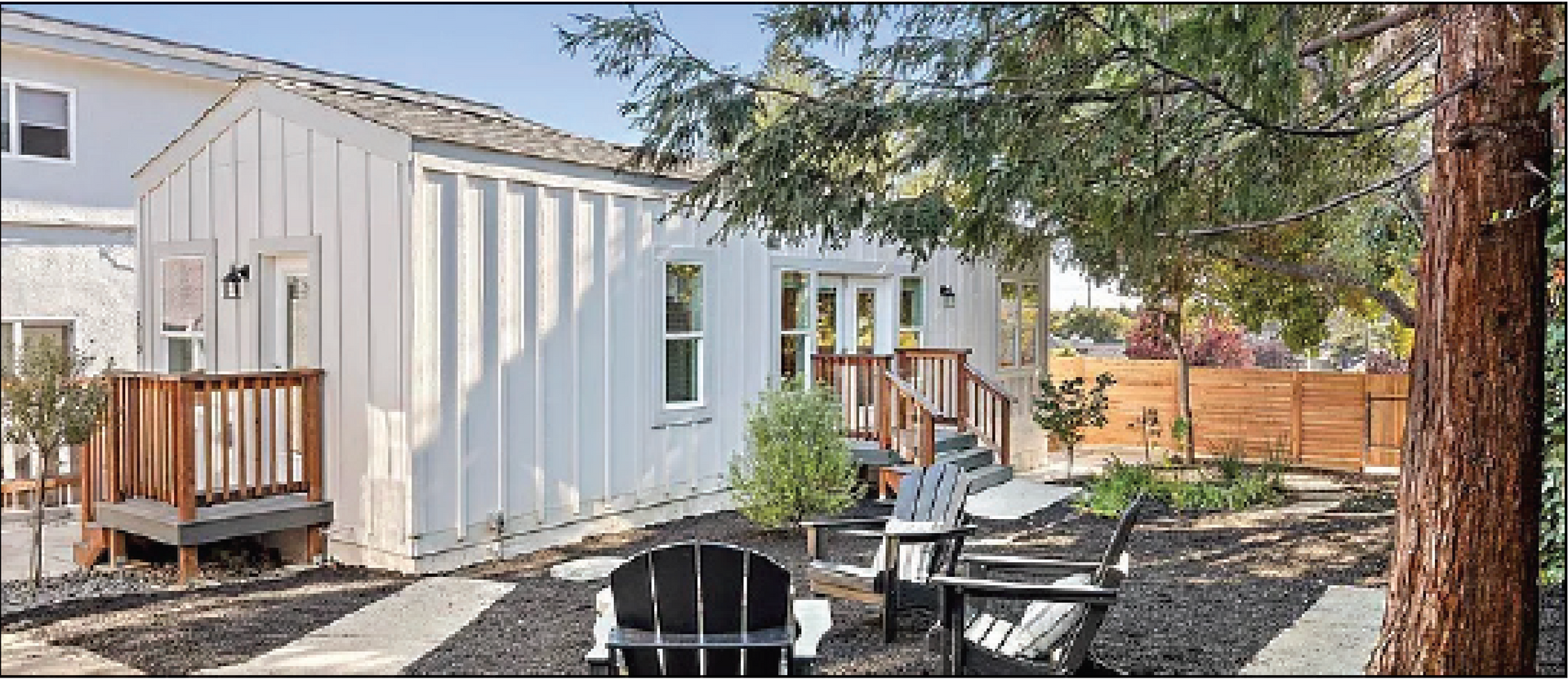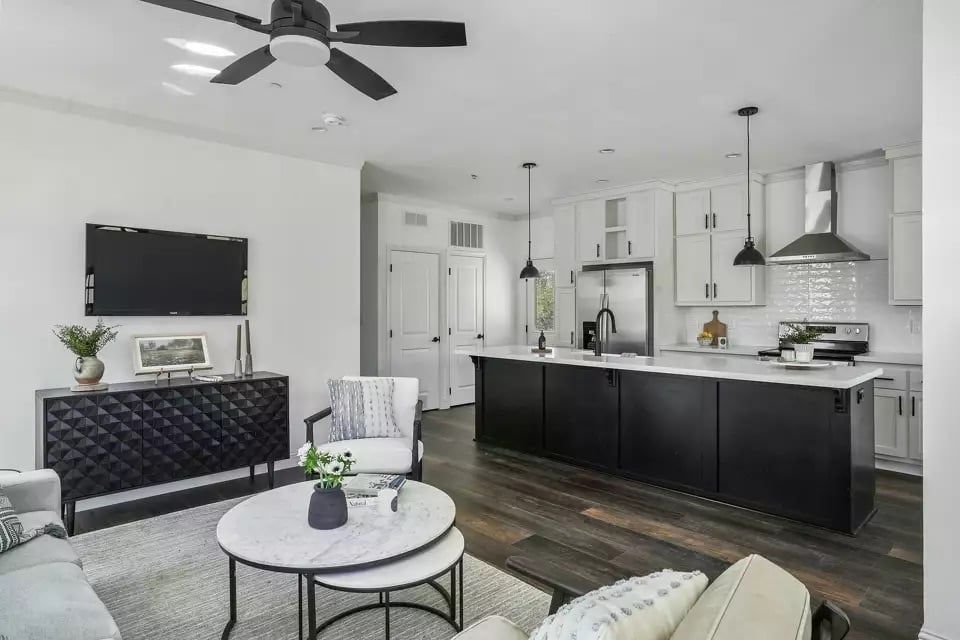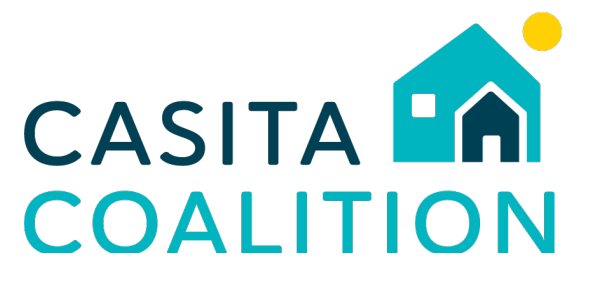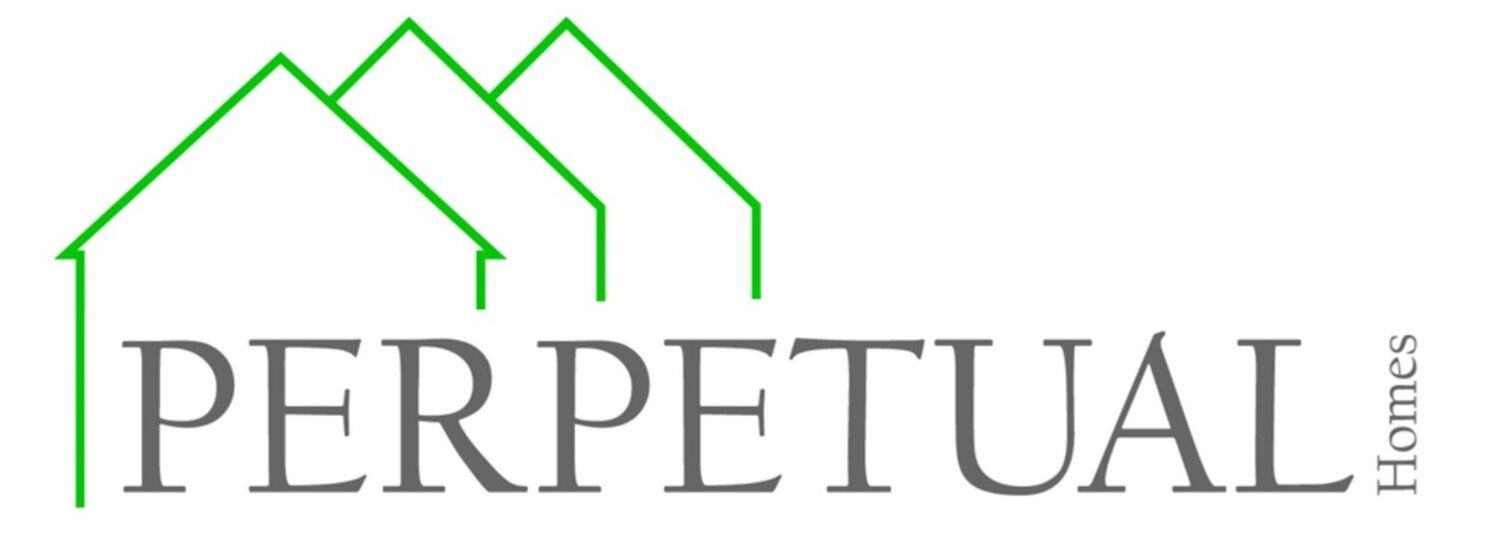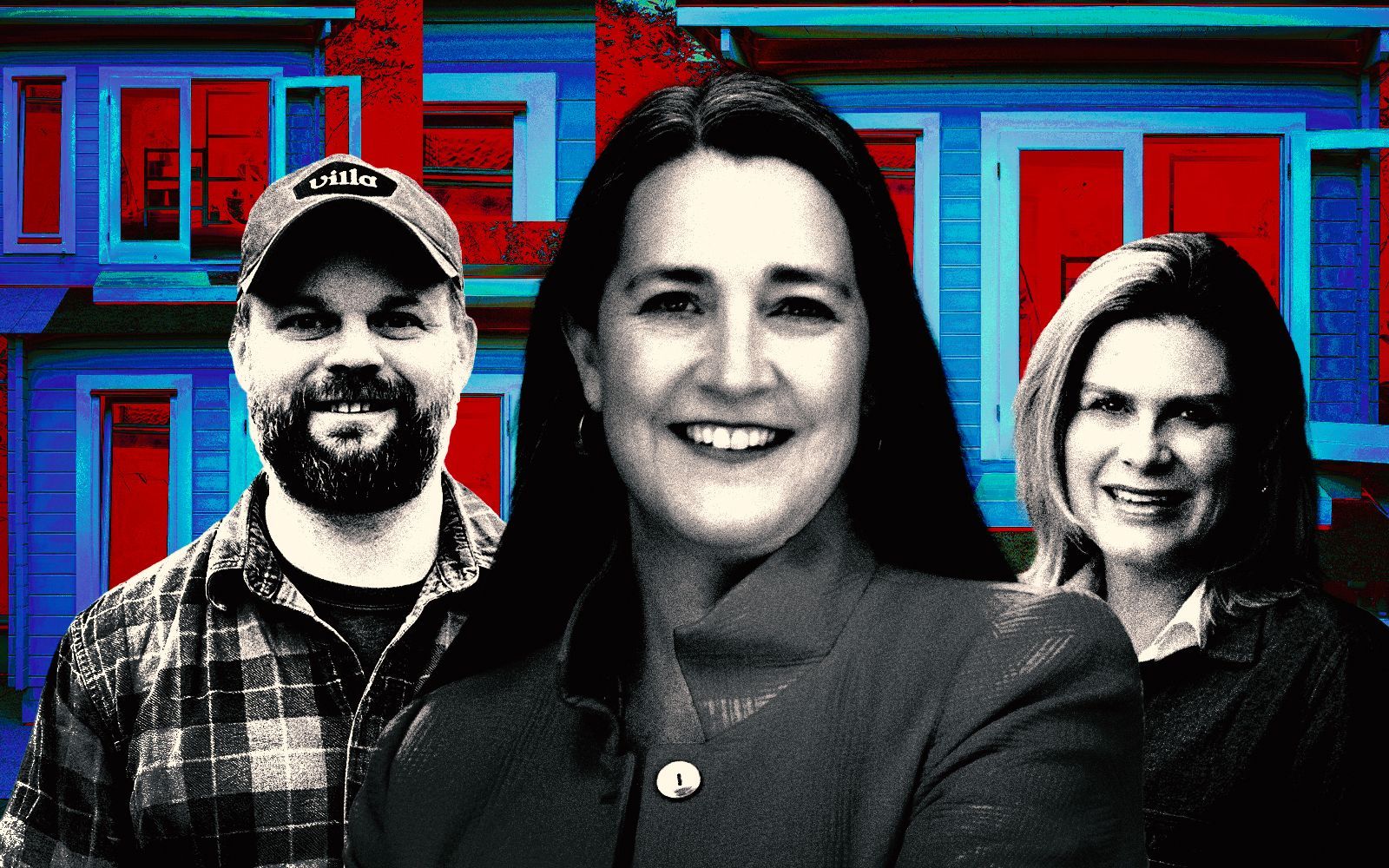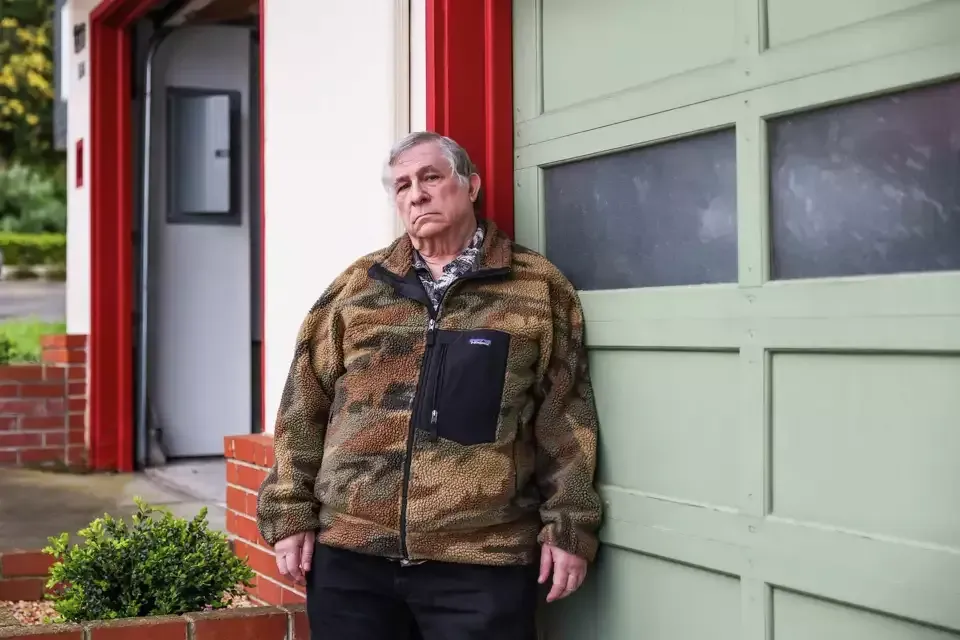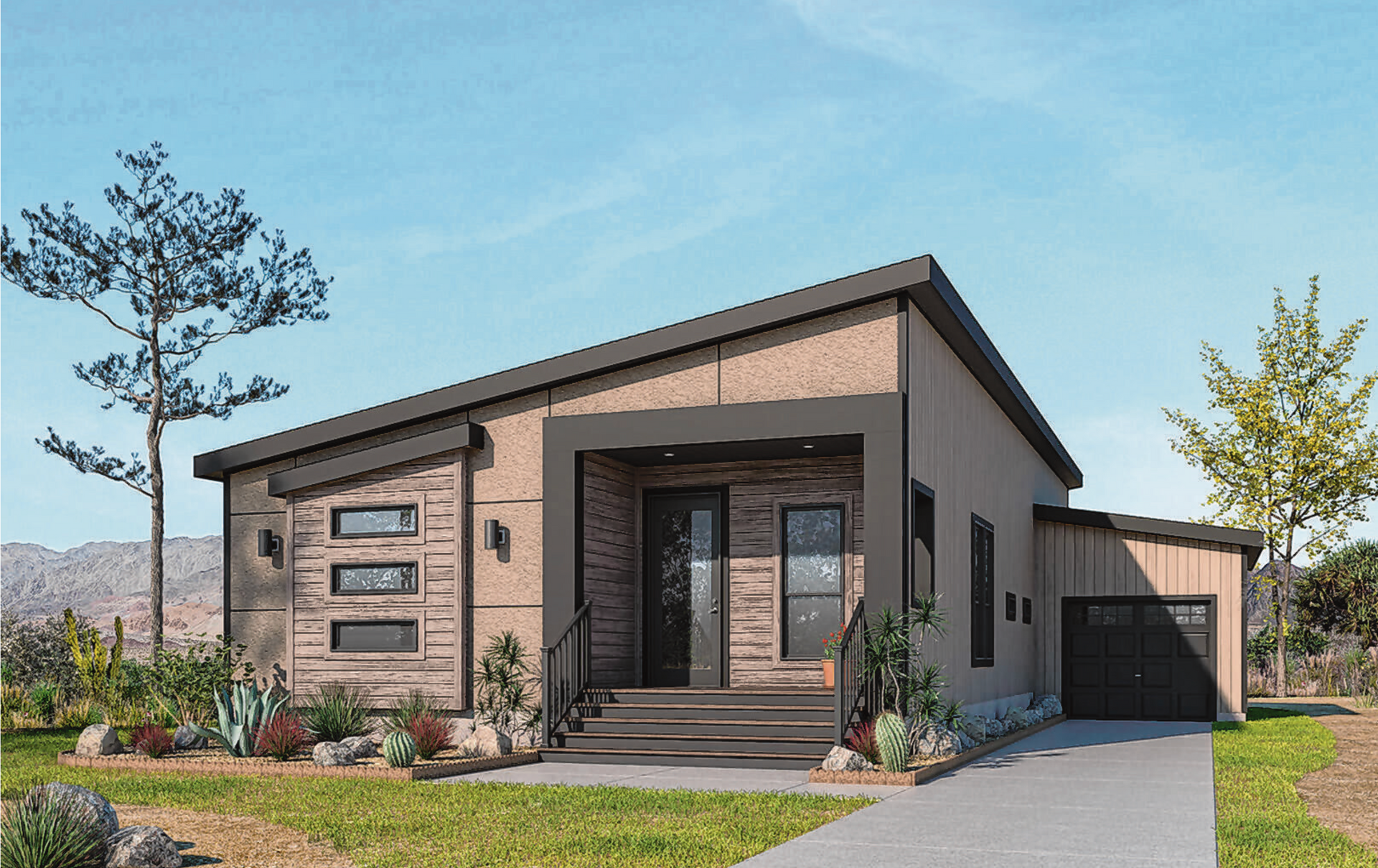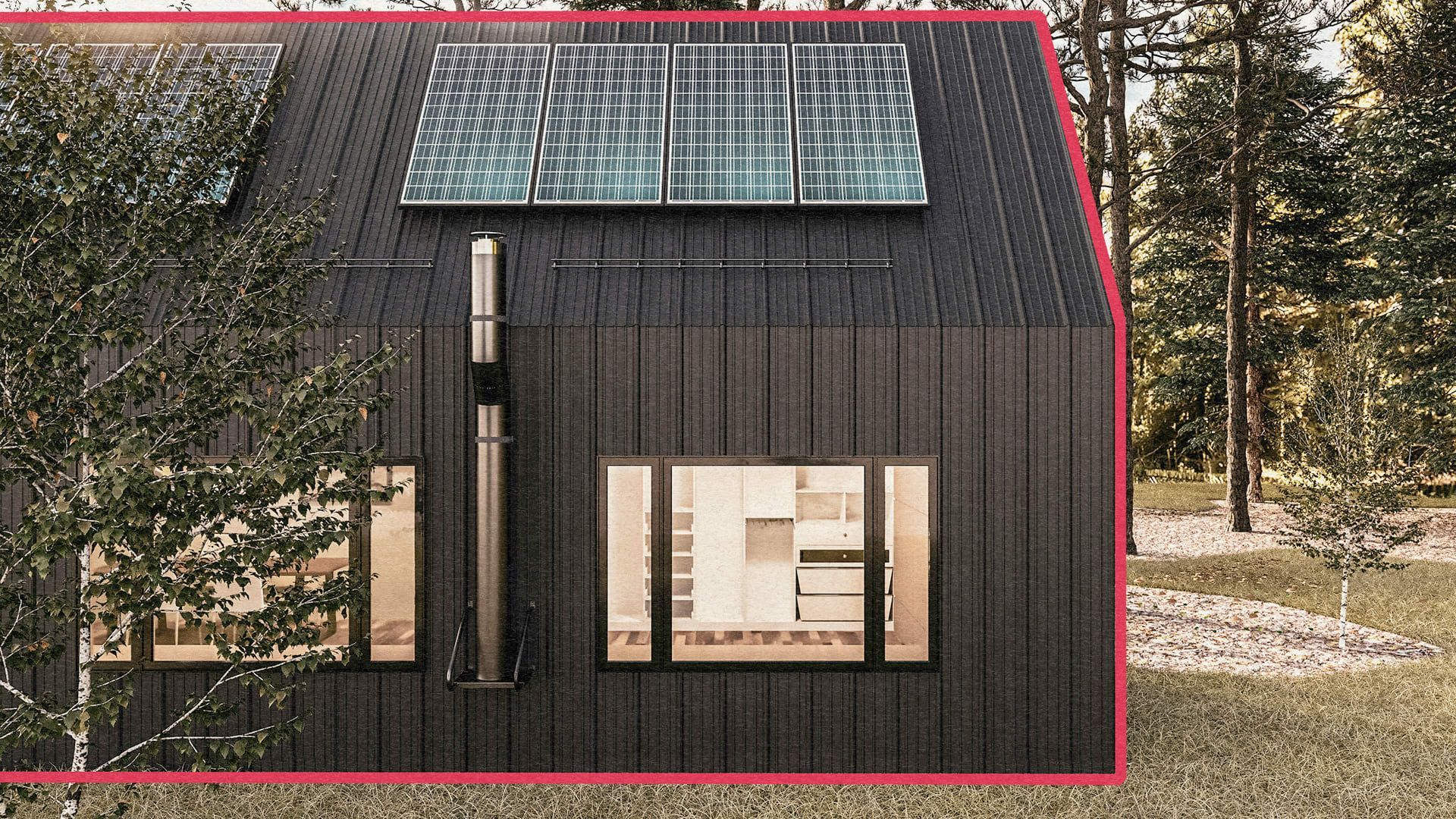Why Bay Area multifamily owners have embraced ADUs
Owners are taking advantage of statewide changes to turn underutilized spaces into revenue-generating apartments
By Emily Landes
Granny flats. In-law units. Backyard bungalows.
These nicknames tell you everything you need to know about how people have traditionally thought of accessory dwelling units — as afterthought add-ons to single-family homes, built out of necessity to keep families together.
But that began to change on Jan. 1, 2020, when laws took effect in California to encourage ADUs at multifamily properties. By 2023, one out of every five homes built in the state was an ADU, according to the California Department of Finance.
Faced with the statewide housing crisis, the encouragement has continued: Gov. Gavin Newsom signed three more ADU-related bills in September alone.
“For the past several years, ADUs have been the fastest-growing sector of California’s housing market because they’re cheaper and easier to build and because the governor and legislature have enacted many new laws that removed obstacles and streamlined ADU permitting,” State Sen. Nancy Skinner, chair of the Senate Housing Committee, said in a statement.
Skinner, a Democrat from Berkeley, sponsored one of the recently passed rule changes, which will quadruple the number of detached ADUs that can get a rubber-stamped approval on multifamily properties. When it goes into effect in January, the rule will also allow more existing non-livable space to be converted to ADUs; the maximum number of new ADUs will be 25 percent of the current total unit count.
This simple permitting process, plus the cost-effectiveness of ADUs, which can often be prefabricated off-site, means that “granny units” are no longer just for granny. National REITs like Avalon Bay Communities and mostly local Bay Area investor-operators like Veritas are paying attention, too. They are pleased with the results of the ADUs they’ve built so far and plan to keep building more by turning carports, greenways, storage spaces and laundry rooms into much-needed — and revenue-generating — entry-level apartments, sometimes in a matter of months.
“My lesson learned to anybody looking at this is to keep an open mind, because the possibilities really are endless,” said Jackie Todesco, senior vice president at AvalonBay.
